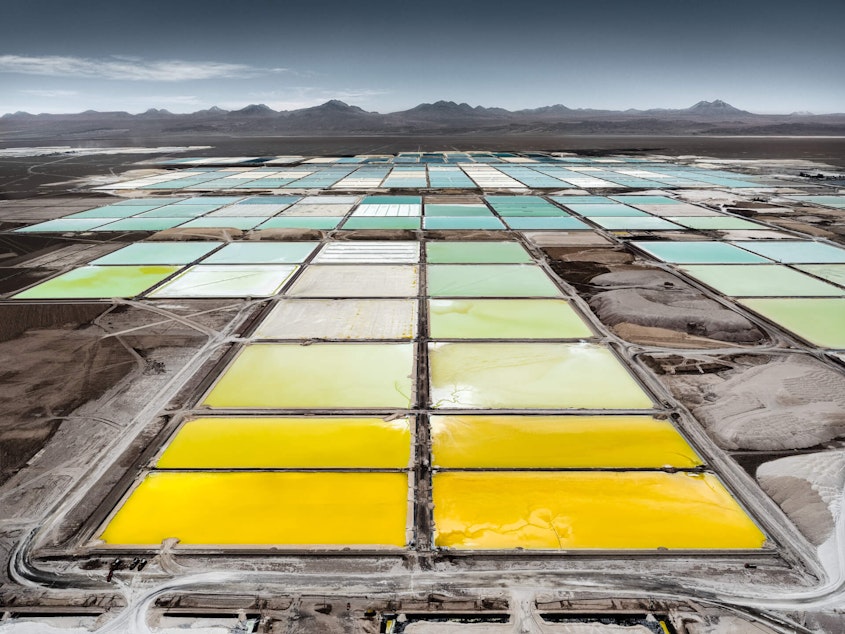Tri-Cities researchers say they can extract lithium from water. That's a big deal.

Researchers in Washington's Tri-Cities say they have devised a way to use magnets to pull valuable elements like lithium out of groundwater.
They say their technology, using iron-based nanoparticles, could supply a large share of the lithium needed for batteries as America transitions to electric vehicles and displace the environmentally harmful methods currently used to mine and process lithium.
Lithium is a critical element as the Earth faces rapid climate change. Battery power is key to most nations' plans to wean their economies off the fossil fuel use that is overheating the planet.
“Especially electric vehicles, there's a huge demand for the lithium. That's the reason why we are going after lithium,” Pacific Northwest National Laboratory materials scientist Praveen Thallapally said.
The technique devised by the U.S. Department of Energy lab uses magnetic nano-particles to trap the lithium dissolved in many underground aquifers. The tiny particles have iron oxide at their core and a synthetic outer shell designed to attract and hold lithium ions.
The plan is to harvest lithium from the hot, briny groundwater used by geothermal power plants and the salty water that comes to the surface as a byproduct of oil and gas drilling.
Sponsored
Thallapally said lithium could become an additional revenue stream for energy producers and help to lower the cost of the energy they produce.
While improving the economics of a clean energy source like geothermal power could help the transition to a climate-friendly economy, doing so for oil and gas production could have the opposite effect.
The Pacific Northwest National Laboratory has licensed the technology to Texas startup Moselle Technologies and is collaborating with other companies including energy giant Conoco Phillips on further testing of it.
Scientists are working to perfect the nano-particles so they only capture lithium, and not other elements like sodium found in the brine.
The United States currently imports half of its lithium, and limited supplies could delay efforts to adopt clean electricity as its main energy source.
Sponsored
The leading suppliers of the metal sometimes dubbed “white gold” are Australia, where it is produced in open-pit mines, and Chile, where vast evaporation ponds concentrate lithium-rich groundwater from beneath the Atacama Desert, a process that can take more than a year.
Thallapally said the magnetic nano-particles can remove lithium from water in a matter of minutes and greatly lower the cost of lithium production.
Environmental activists criticize lithium mines and the evaporation ponds for their environmental impacts.
In response to a lawsuit from the Center for Biological Diversity against a proposed lithium mine in Nevada, the U.S. Fish and Wildlife Service plans to list Tiehm’s buckwheat, a rare desert wildflower that the mine threatens, as an endangered species.
The Biden Administration announced a $3 billion initiative to boost lithium-ion batteries in May.
Sponsored
Pacific Northwest National Laboratory researchers estimate that the hot water used by U.S. geothermal plants alone could supply 10% of the nation’s anticipated lithium needs.
In 2021, the scientists estimated that collecting just 25% of the lithium in water produced during oil and gas extraction could double the world’s current supply of lithium.




